This is a guest post in our series looking at the future of 3D Printing. To celebrate 5 years of reporting on the 3D printing industry, we’ve invited industry leaders and 3D printing experts to give us their perspective and predictions for the next 5 years and insight into trends in additive manufacturing.
Tim Weber is the Global Head of 3D Printing Materials and Advanced Applications at HP. His organization is responsible for development and commercialization of 3D printing materials, processes, and applications. The materials development includes work in polymers, ceramics and metals. Applications include using HP Multi Jet Fusion to enable the manufacturing of products that are impossible to make with conventional means.
Materials Innovation: Accelerating the 3D Printing Revolution by Tim Weber
Additive manufacturing technology has been inching forward for decades. So why is 3D printing now poised to move beyond its traditional prototyping roots and into full-scale parts and product manufacturing across a host of industries? There are several tectonic forces at work. And the market is growing at a healthy clip. After all, analysts predict a 30% compound annual growth rate translating into an $18 billion market in the next five years. But perhaps the most important variable in unlocking the transformation of the $12 trillion global manufacturing sector is not widely appreciated or understood – the cost of 3D materials and the innovation needed to drive these costs down.
We have a huge opportunity to make 3D printing a core part of the Fourth Industrial Revolution, where digitization drives nearly everything in the world, including factories. Indeed, with recent 3D print solutions producing superior physical parts and products 10 times faster at half the cost, this technology could greatly improve manufacturing processes, remake supply chains and unlock entirely new consumer and enterprise product categories.
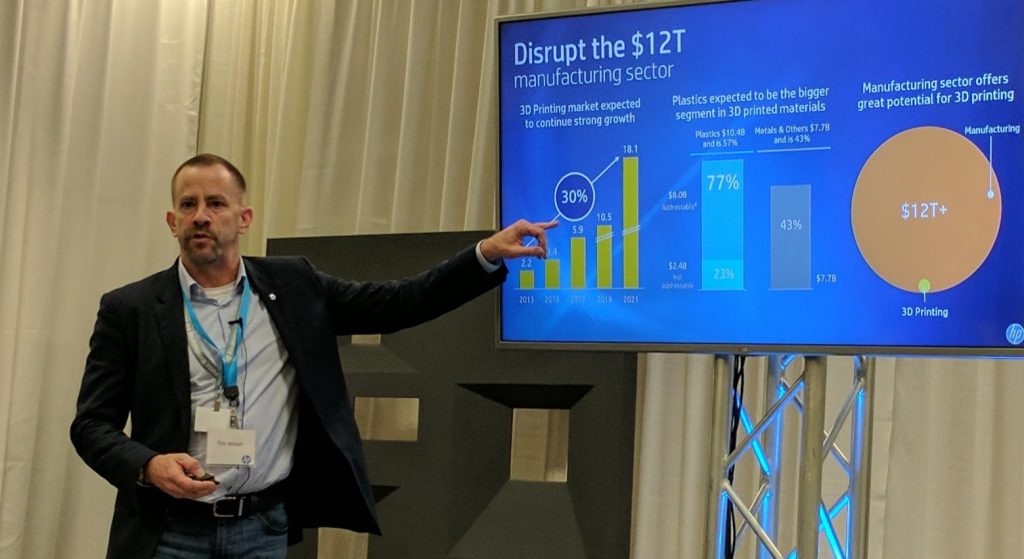
“3D printing’s biggest competitor”
Yet, as with any innovation, all the potential in the world means nothing unless you’re able to deliver. At present, we have just a few 3D printing vendors and partners producing a very limited set of materials for a growing industry. To meet the specific needs of interested manufacturers, we’ll need a dramatically expanded group of companies producing materials in almost every imaginable color, strength, weight, consistency, permeability or durability.
At the same time, we need to drive down materials costs. Today, 3D printing’s biggest competitor is our industry’s own inertia – namely, injection molding, which is the primary way of making plastic parts today. In fact, most people I speak to still compare injection molding and 3D printing as if these processes are two sides of the same coin. They’re not, but such conversations underscore the shift in thinking required, most notably about production costs. For 3D printing to truly take off, we must continue driving the price curve in the right direction, to the point where the economic benefits are obvious to all.
If the world is going to embrace 3D printing, we must get our arms around materials availability and cost dilemmas. And we can only do that through cooperation and collaboration.
3D printing materials innovation in an open ecosystem
When we announced the world’s first production-ready commercial 3D printing systems about a year ago, we also launched something called the “HP Open Platform,” an effort to spur materials innovation in a more open environment. Materials creation can’t be owned or contained by any one company. It can’t exist in a vacuum. Success will involve a village and, so far, a number of the world’s leading materials companies have come aboard, including Arkema, BASF, Evonik, Henkel and Lehmann & Voss.
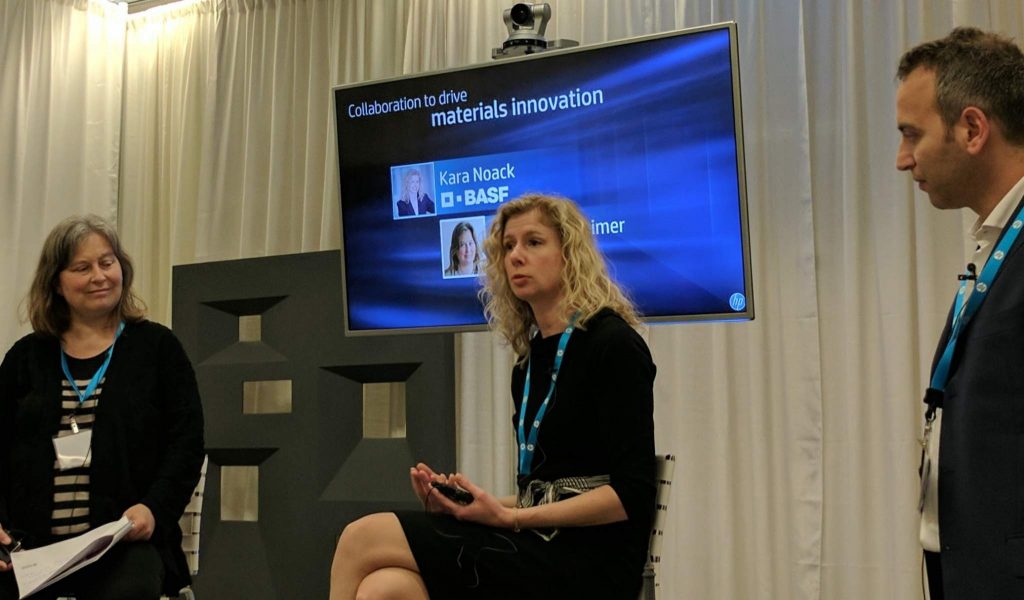
For a year-old effort, that’s not bad. But within five years, we’d like to see that arsenal of materials producers growing from just a handful to hundreds of companies. To help achieve that goal, we recently opened the world’s first 3D Open Materials and Applications Lab in Corvallis, Oregon and released a materials development kit (MDK) to accelerate materials innovation by certified partners.
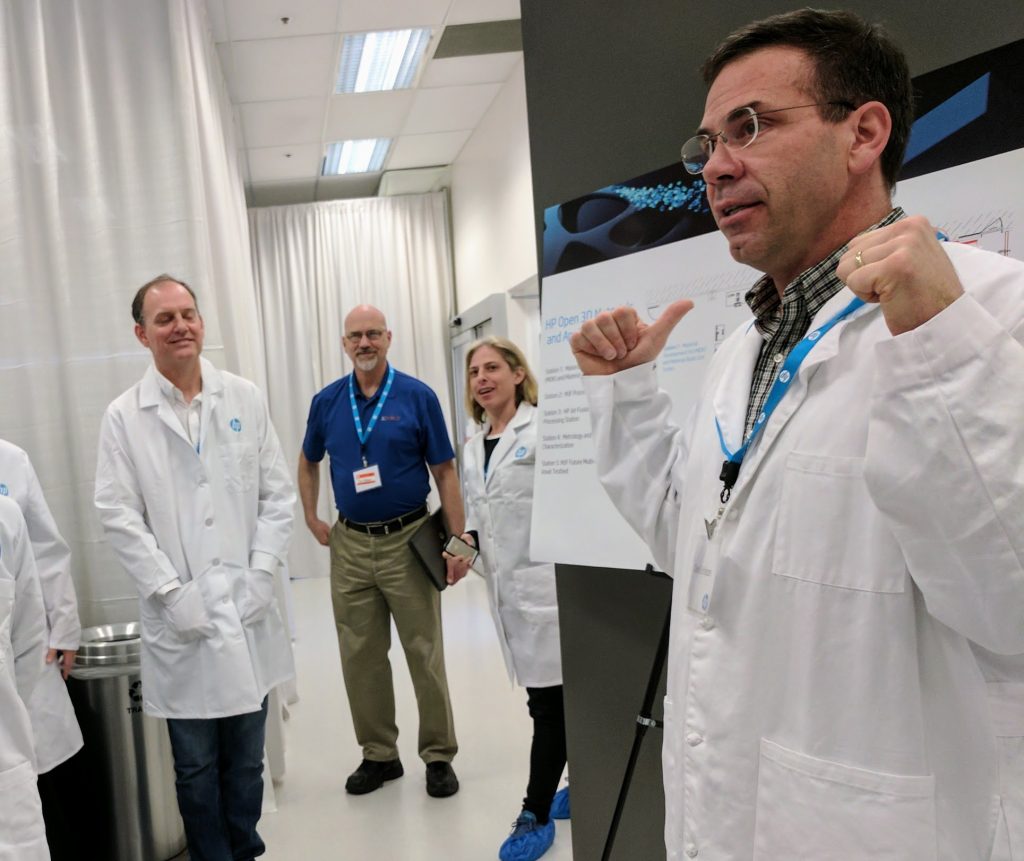
We foresee this open ecosystem ultimately thinking about materials in entirely new ways. Whereas today, you might just produce materials for standalone parts, tomorrow you might be able to produce materials containing miniature integrated circuits or sensors. For example, imagine a truck a few years from now where every part is communicating with some central processor on the vehicle and reporting on the real-time health of each part. The vehicle-maker producing that truck could, as part of a service contract, monitor those parts and provide alerts when something needs replacing or is about to fail. Maybe they mail a part before the truck owner even thinks to do something about it. Or if it’s just a matter of refreshing some onboard firmware, perhaps the manufacturer beams the update to the part without the owner having to take any action.
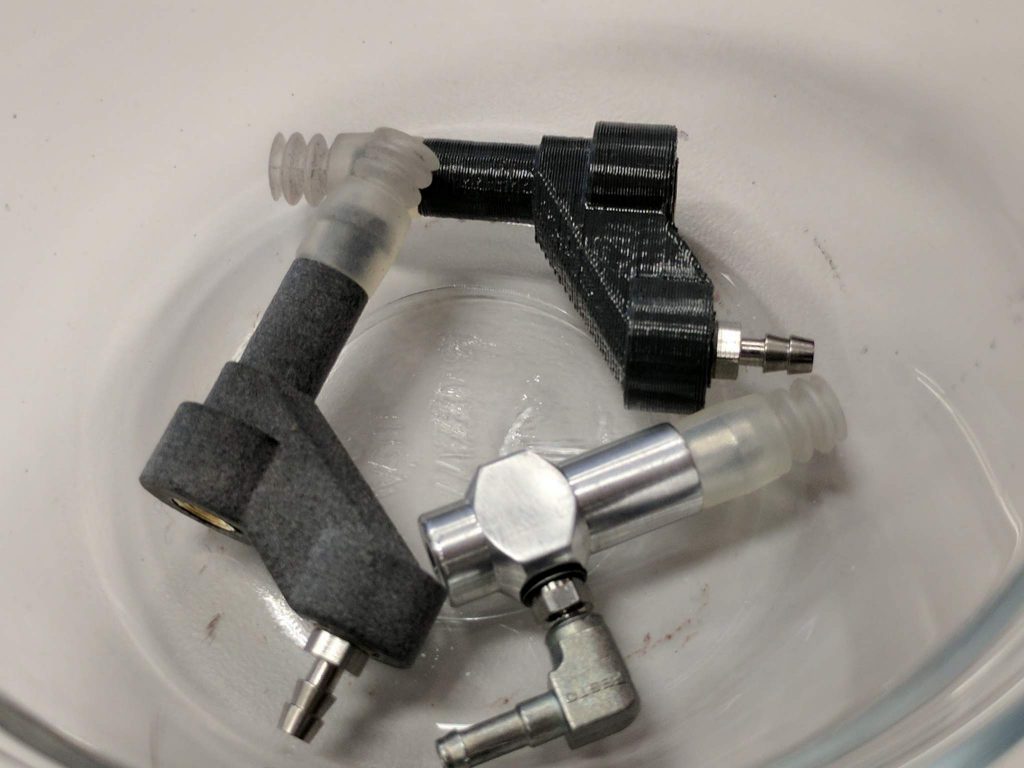
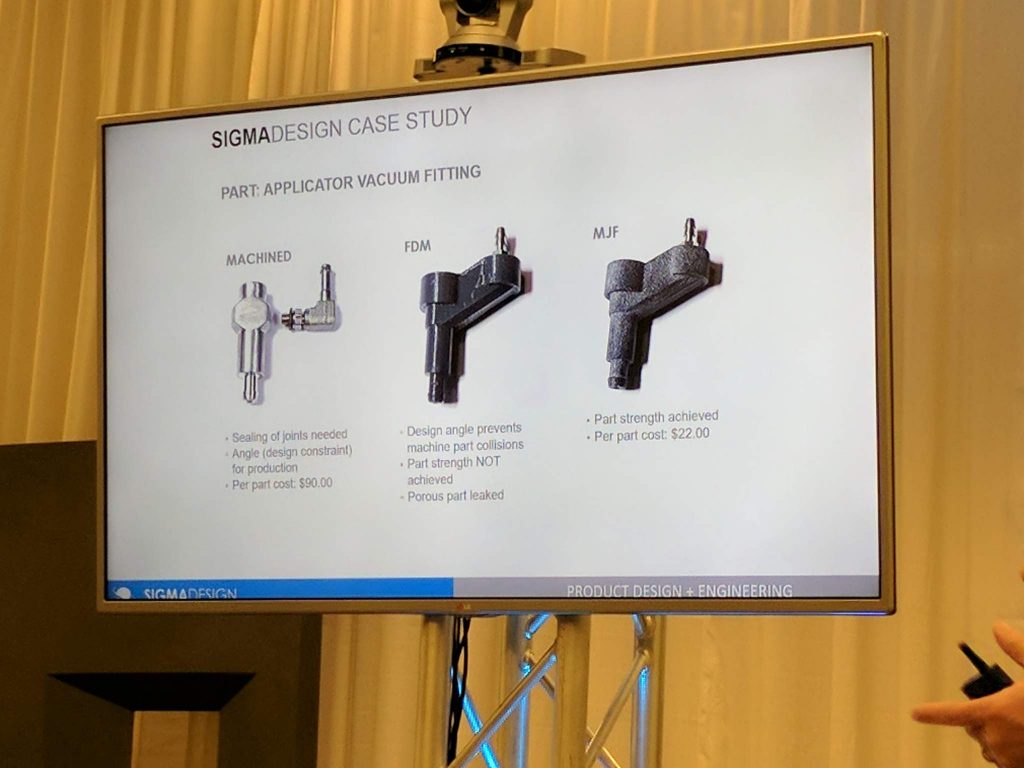
In an open ecosystem, where everyone is eagerly inventing and competing to churn out the next great materials innovation, the possibilities are endless. And this is where much of the work in 3D printing should – and probably will – occur in the next five years.
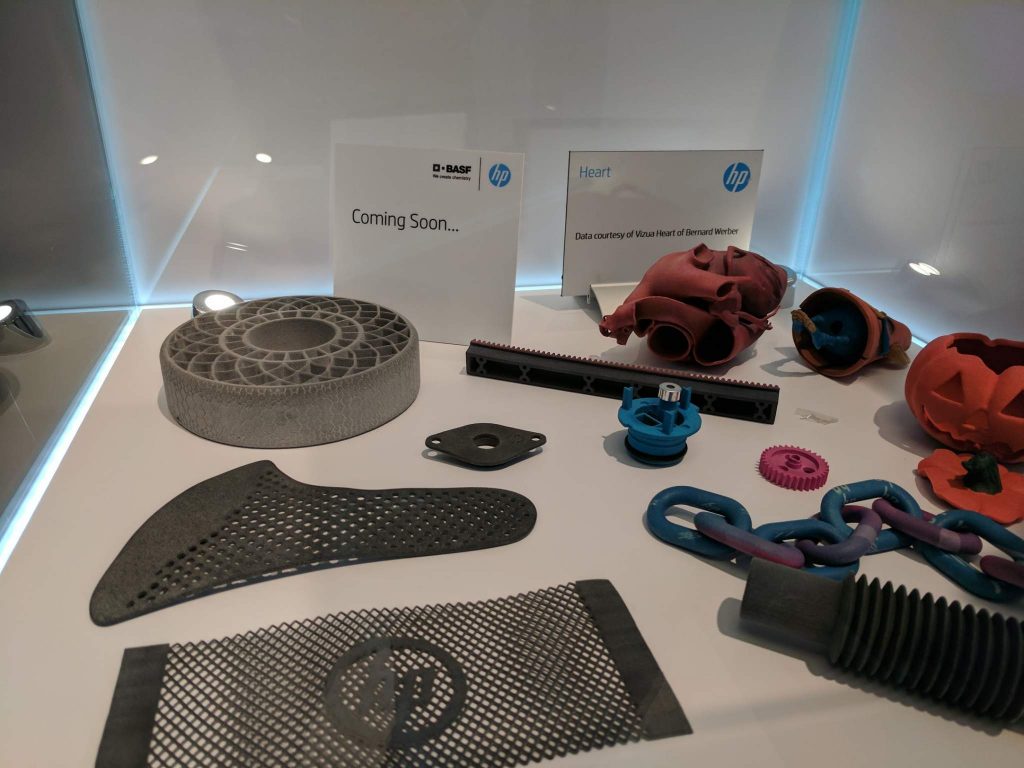
These are exciting times for the 3D printing industry, and we have an unprecedented chance to make this technology a central part of the next industrial revolution. But for that to happen, we must come together as an industry to continue driving innovation, increase materials diversity, and dramatically lower costs.
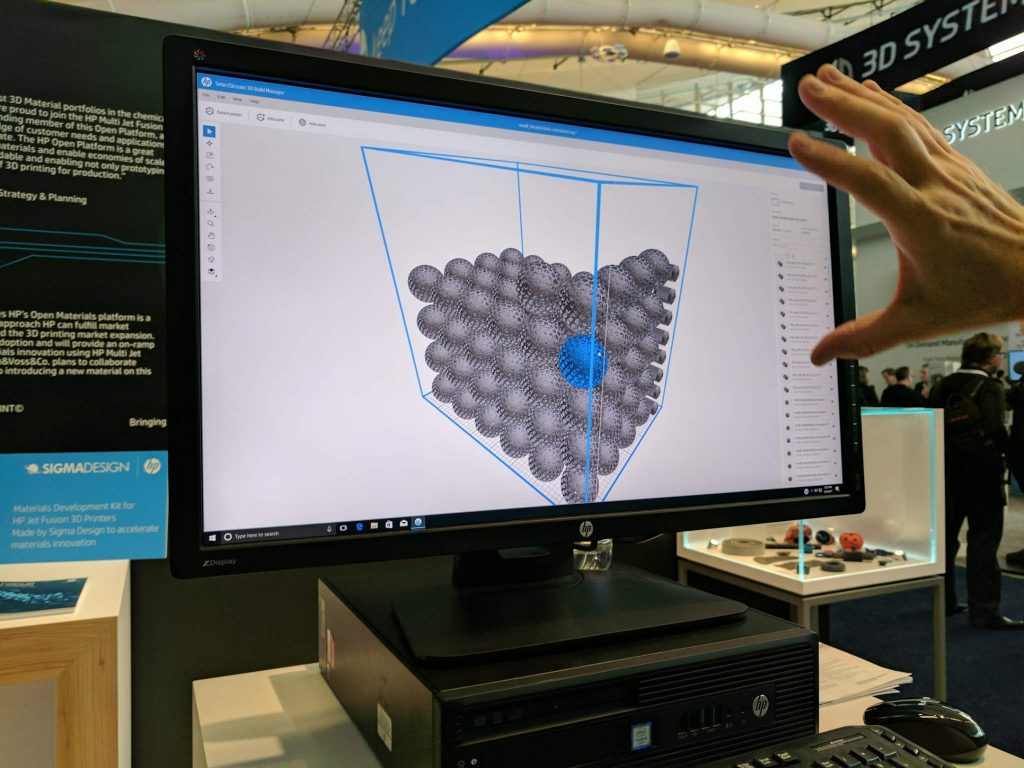
This is a guest post in our series looking at the future of 3D Printing, if you’d like to participate in this series then contact us for more information. For more insights into the 3D printing industry, sign up to our newsletter and follow our active social media channels. Let us know your thoughts about this perspective on the future of 3D printing in the comments below.
More information about 3D printing at HP is available here.
#futureof3Dprinting



